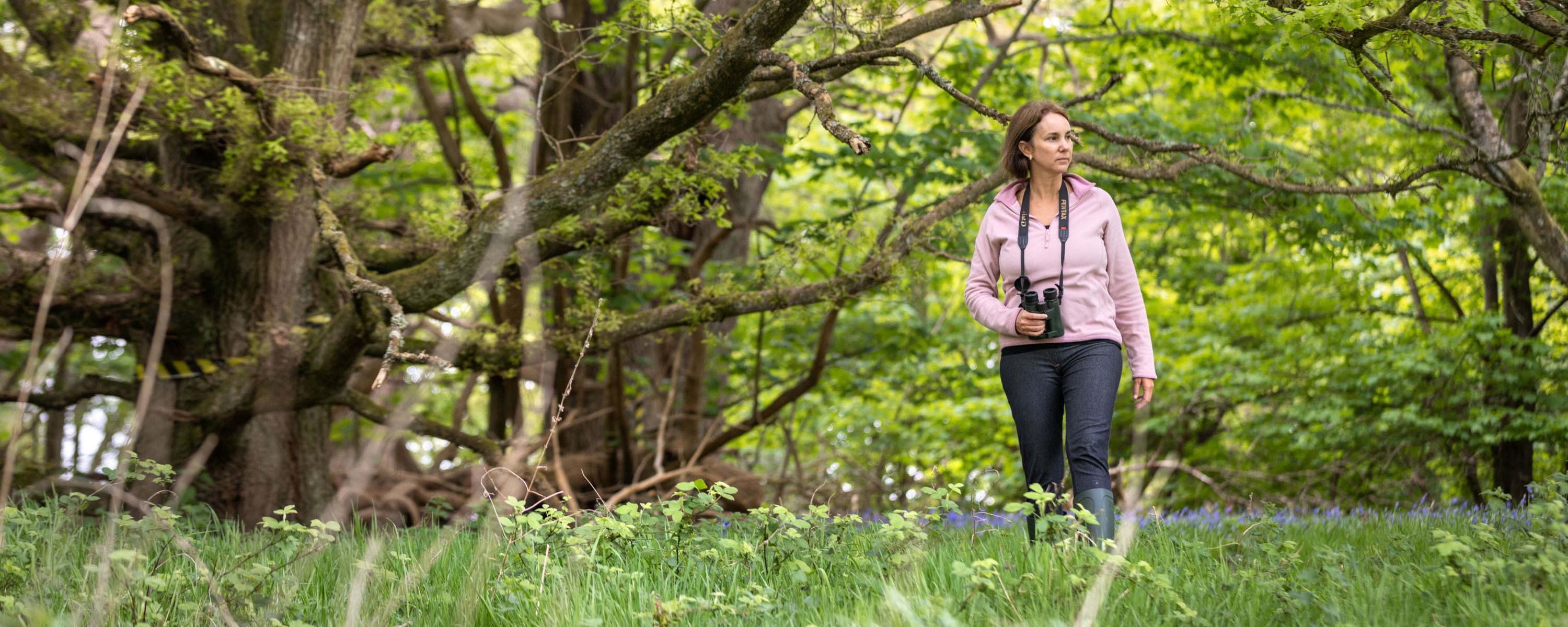Protecting biodiversity in Brazil and beyond

Brazil’s Atlantic Forest – one of the most biodiverse areas in the world – has suffered great losses in habitat since the arrival of European settlers. Dr Cristina Banks-Leite, from Imperial’s Department of Life Sciences at Silwood Park, has researched the best way to restore this fragile forest ecosystem, safeguarding the biodiversity of the region and providing vital water security for the farmers and residents of Brazil’s most populous state, São Paulo.
Dr Banks-Leite identified the minimum forest cover required to maintain biodiversity in these forests (30 percent), a result that has now influenced three different pieces of policy in Brazil. One was a federal law that created priority maps for restoration in Brazil, which if implemented would not only prevent species losses, but also would sequester one billion tonnes of CO2 equivalent, while reducing costs by US$28 billion compared to business-as-usual approach.
Dr Banks-Leite is now looking to apply her methods to other key biodiversity hotspots around the world to develop forest cover thresholds suited to each unique biome.


